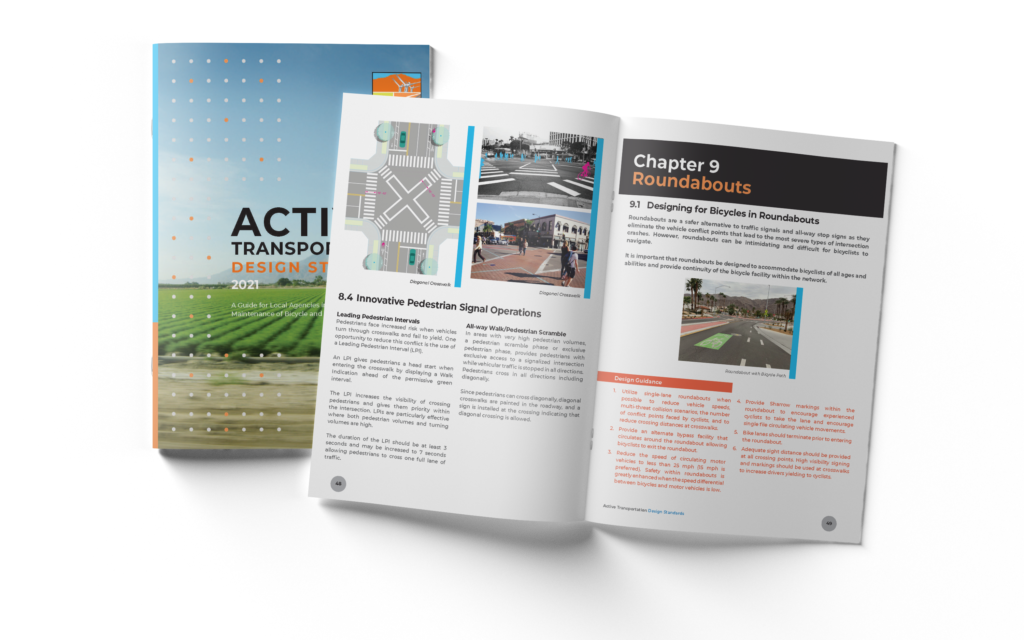WEBB curated these guidelines using our institutional knowledge of the region’s framework of transportation corridors and safety concerns. This included conducting an inventory of active transportation standards and practices used by CVAG member jurisdictions and outreach to CVAG members for uniformity.
Our focus in creating the design framework included:
- Beyond Minimum Standards – The design is created for both the cyclist and pedestrian, providing equity for all users
- Separate Accordingly – The type of selection should depend on an arterial’s speed and traffic volume
- Challenge Budgetary/Forecasting Assumptions – Instead of immediately value-engineering, the concept starts with best practices and adjusts as necessary
- Maintenance – The design keeps future maintenance in mind
- Liability – Safer routes can reduce exposure for jurisdictions
In addition to considerations of regional needs, design guidance was also adapted from current national bicycle design guidance and accepted industry practices, including the American Association of Highway Transportation Officials Guide for the Development of Bicycle Facilities, Federal Highway Administration (FHWA) Separated Bikeway Planning and Design Guide, FHWA Bikeway Selection Guide, The National Association of City Transportation Officials (NACTO) manual, and the current version of the California Manual on Uniform Traffic Control Devices (CAMUTCD).
